The Exodus Decoded is a canadien film of genre Documentary directed by Simcha Jacobovici with James Cameron
The Exodus Decoded (2006)

If you like this film, let us know!
Length 1h32
Directed by Simcha Jacobovici
OriginCanada
Genres Documentary
Themes Films set in Africa, Films about religion, Documentary films about religion, Films based on the Bible, Films about Jews and Judaism
Rating68%










The Exodus Decoded is a documentary film aired on April 16, 2006, on The History Channel. The program was created by Israeli-Canadian filmmaker Simcha Jacobovici and the producer/director James Cameron. The documentary explores evidence for the Biblical account of the Exodus. Its claims and methods were criticized by Biblical scholars and mainstream scientists.
Jacobovici suggests that the Exodus took place around 1500 BC, during the reign of pharaoh Ahmose I, and that it coincided with the Minoan eruption. In the documentary, the plagues that ravaged Egypt in the Bible are explained as having resulted from that eruption and a related limnic eruption in the Nile Delta, similar to what occurred in the 1980s at Lake Nyos in Cameroon. While much of Jacobovici's archaeological evidence for the Exodus comes from Egypt, some comes from Mycenae on mainland Greece, such as a gold ornament that somewhat resembles the Ark of the Covenant.
The documentary makes extensive use of computer animation and visual effects made by Gravity Visual Effects, Inc., based in Toronto. It runs for 90 minutes and was first aired in Canada on April 16, (Easter Day) 2006 (Discovery Channel Canada). Shown in the US on August 20, 2006 (History Channel US), UK on December 23, 2006 (Discovery Channel UK), Spain on December 25, 2006 (Cuatro) and Israel on April 3, 2007 (Channel 2).
^ Debunking "The Exodus Decoded"
^ Higgaion » Exodus Decoded
^ Biblical Archaeology Society
^ Biblical Archaeology Society
^ פענוח יציאת מצרים (Hebrew)
Actors

James Cameron
(Narrator)
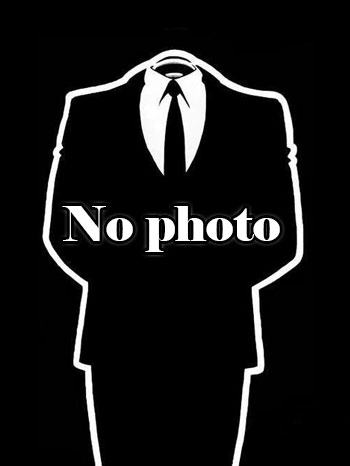
Simcha Jacobovici
Comments
Leave comment :
Suggestions of similar film to The Exodus Decoded
There are 8 films with the same actors, 1 films with the same director, 8969 with the same cinematographic genres, 4465 films with the same themes (including 0 films with the same 5 themes than The Exodus Decoded), to have finally 70 suggestions of similar films.If you liked The Exodus Decoded, you will probably like those similar films :

The Lost Tomb Of Jesus (2007)
Directed by Simcha Jacobovici
Origin Canada
Genres Documentary
Themes Films about religion, Documentary films about religion, Films based on the Bible, Portrayals of Jesus in film
Actors Simcha Jacobovici, Saleh Bakri
Rating60%





Un documentaire sur la découverte, en 1980, d'un tombeau à Talpiot, un quartier de Jérusalem. Celui-ci aurait renfermé le corps de Jésus mais aussi de sa compagne et de leur fils, prénommé Judas.
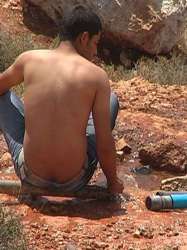
Interrupted Streams (2010)
, 1h15Origin Israel
Genres Documentary
Themes Films set in Africa, Environmental films, Films about religion, Documentary films about law, Documentary films about environmental issues, Documentary films about war, Documentary films about historical events, Documentaire sur une personnalité, Documentary films about politics, Documentary films about religion, Political films, Films about Jews and Judaism
Paths of lives are crossed in one village in the West Bank. Along the broken water pipelines, villagers walk on their courses towards an indefinite future. Israel that controls the water, supplies only a small amount of water, and when the water streams are not certain nothing can evolve. The control over the water pressure not only dominates every aspect of life but also dominates the spirit. Bil-in, without spring water, is one of the first villages of the West Bank where a modern water infrastructure was set up. Many villagers took it as a sign of progress, others as a source of bitterness. The pipe-water was used to influence the people so they would co-operate with Israel’s intelligence. The rip tore down the village. Returning to the ancient technique of collecting rainwater-using pits could be the villagers’ way to express independence but the relations between people will doubtfully be healed.

Barricades (1969)
, 1h5Directed by Ram Loevy
Origin Israel
Genres Documentary
Themes Films set in Africa, Films about religion, Documentary films about law, Documentary films about war, Documentary films about historical events, Documentaire sur une personnalité, Documentary films about politics, Documentary films about religion, Political films, Films about Jews and Judaism

All Hell Broke Loose (1995)
, 45minutesOrigin Israel
Genres Documentary
Themes Films set in Africa, Films about religion, Films about terrorism, Documentary films about law, Documentary films about war, Documentary films about historical events, Documentaire sur une personnalité, Documentary films about politics, Documentary films about religion, Documentary films about terrorism, Political films, Films about Jews and Judaism
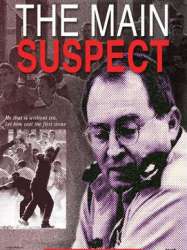
The Main Suspect (2003)
, 1hDirected by Yaky Yosha
Genres Documentary
Themes Films set in Africa, Films about religion, Documentary films about law, Documentary films about war, Documentary films about historical events, Documentaire sur une personnalité, Documentary films about politics, Documentary films about religion, Political films, Films about Jews and Judaism
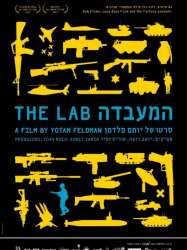
The Lab (2013)
Genres Documentary, Historical
Themes Films set in Africa, Films about religion, Documentary films about law, Documentary films about war, Documentary films about historical events, Documentary films about politics, Documentary films about religion, Political films, Films about Jews and Judaism
Rating71%





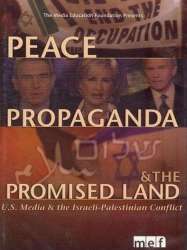 , 1h20
, 1h20Origin USA
Genres Documentary
Themes Films set in Africa, Films about religion, Documentary films about law, Documentary films about war, Documentary films about historical events, Documentaire sur une personnalité, Documentary films about politics, Documentary films about religion, Political films, Films about Jews and Judaism
Rating81%






Strawberry Fields (2006)
, 1hOrigin Israel
Genres Drama, Documentary, Fantasy
Themes Films set in Africa, Environmental films, Films about religion, Documentary films about business, Documentary films about law, Documentary films about environmental issues, Documentary films about war, Documentary films about historical events, Documentaire sur une personnalité, Documentary films about politics, Documentary films about religion, Political films, Films about Jews and Judaism
Actors Mitsuki Tanimura, Yuria Haga
Rating64%





Strawberry Fields points out that strawberries grown in Gaza are the only agricultural product marketed internationally as being of Palestinian origin. One of the major Gaza strawberry farms in located at Beit Lahiya. More than 1,500 tons of strawberries are exported from Gaza to Europe through the Israeli company Agrexco. In order to get overseas, however, the fruits need to pass through the checkpoint that separates Israel and Gaza. The 2005–2006 growing season coincided with the Israel's disengagement from Gaza and the rise of Hamas as the ruling political entity. The armed conflict between Israel and Hamas resulted in the closing of the border checkpoint. The strawberries grown at Beit Lahiya cannot leave Gaza, resulting in significant losses for the farmers and their Agrexco partners. Unable to transport their produce, the farmers have no choice but to dispose of their crop and prepare for the following year’s growing season.
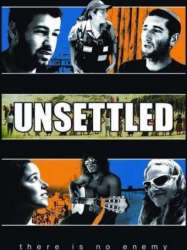
Unsettled (2007)
, 1h20Genres Documentary
Themes Films set in Africa, Films about religion, Documentary films about law, Documentary films about war, Documentary films about historical events, Documentaire sur une personnalité, Documentary films about politics, Documentary films about religion, Political films, Films about Jews and Judaism
Rating73%






Corner Store (2010)
, 1h33Origin USA
Genres Drama, Documentary
Themes Films set in Africa, Films about religion, Documentary films about business, Documentary films about law, Documentary films about war, Documentary films about historical events, Documentaire sur une personnalité, Documentary films about politics, Documentary films about religion, Political films, Films about Jews and Judaism
Rating67%





 Connection
Connection